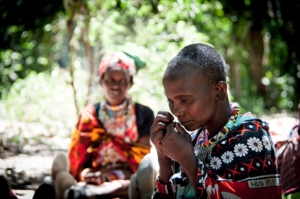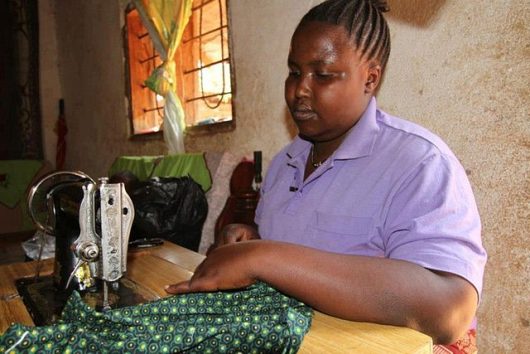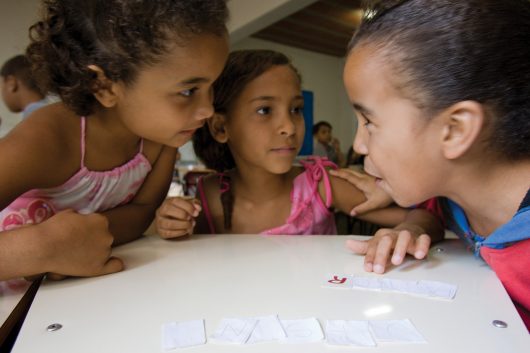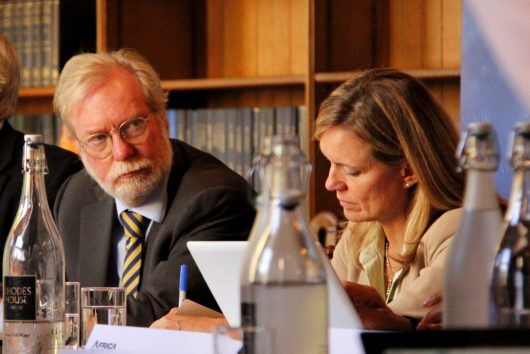 According to recent statistics, Kenya’s poverty rate has declined sharply to 36.1 percent within a decade. New and improved entrepreneurship practices appear to directly correlate with this significant drop as they provide employment opportunities. Specifically, there has been an increase in female entrepreneurship in Kenya, as well as across sub-Saharan Africa. The Leakey Collection has proved to be a remarkable organization through its support and empowerment of Maasai women in Kenya.
According to recent statistics, Kenya’s poverty rate has declined sharply to 36.1 percent within a decade. New and improved entrepreneurship practices appear to directly correlate with this significant drop as they provide employment opportunities. Specifically, there has been an increase in female entrepreneurship in Kenya, as well as across sub-Saharan Africa. The Leakey Collection has proved to be a remarkable organization through its support and empowerment of Maasai women in Kenya.
Empowerment through Business
In 2001, a massive drought struck the Rift Valley in Kenya where Philip Leakey and his wife Katy lived. Their Maasai neighbors suffered due to the drought’s impacts on cattle, their main source of income. Many families lost up to three-quarters of their cattle, resulting in the absence of men in search of water for long periods of time. The women stayed home to support their children. Philip and Katy Leakey responded by creating a project allowing women to sustain themselves, and their families while working at home and maintaining their responsibilities.
The project helps Maasai women design and produce a range of jewelry for overseas markets. The Leakeys designed kits for the women consisting of ten strands and an array of colorful beads. The women pick their kits, spread the beads and create strings of jewelry that are checked for quality before export. This allows the women to work flexibly with their schedules. The Leakeys designed this system to avoid interrupting the traditional Maasai lifestyle, empowering Maasai women and cultivating pride and stability in the community. The production morphed from women creating eight strands of jewelry per day to over one hundred in recent years. The project also fosters a stronger community spirit as the Maasai women create their pieces together.
The jewelry is made primarily of zulugrass, a readily available and sustainable resource, and brightly colored Czech glass beads to attract overseas markets. The collection began in Kenya but has now spread to Tanzania, Mozambique, South Africa, Zambia, Zimbabwe, Lesotho, Uganda, South Sudan, Mali, Ghana, Burkina Faso, Niger, Nigeria and Senegal to reflect a wide array of crafting traditions. The women raise about $100 per month per person for the pieces they craft. Rina Maini came across the collection while vacationing in Kenya. She purchased a significant number of strands to sell and send proceeds to the Maasai women, and still supports the Collection today. “The business is empowering Maasai women by increasing their self-esteem, giving them financial independence and a sense of pride. It is progressive and makes a significant positive difference in their lives,” she told The Borgen Project.
Fair Trade to Combat Poverty
The collection functions by following Fair Trade policies. Fair Trade is a strategy for poverty alleviation and sustainable development that promotes a fair and consistent relationship between companies and workers. The policies aim to develop producers’ independence, security for workers and their families, safe working conditions and justice in the global economic system. Fair Trade offers current generations the ability to meet their needs environmentally, without compromising the needs of future generations through sustainable measures. More importantly, this strategy aims to help empower people to combat poverty and take control of their own lives. More than 1.66 million farmers and workers around the world belong to Fair Trade-certified organizations, and 23 percent of all Fair Trade farmers and workers are women.
Economic Mobility for Women
Fair Trade organizations such as the Leakey Collection reveal a trend of female entrepreneurs rising through the ranks in Kenya. Women have low levels of education compared to men, and they consistently face unemployment and the adverse effects of environmental conditions. However, the number of women who have participated in new levels of economic activity has steadily increased in recent years while the poverty rate of Kenya has declined. One in four adult women is engaged in entrepreneurial activity in sub-Saharan Africa. The majority of these women have low-income backgrounds and live in slums. Such an increase in entrepreneurial activity has exposed a need for increased business education, especially for women who actively participate in the economic and business world.
The Leakeys’ long-term goal is to create a business school in Kenya. They hope to educate women about local and sustainable materials and teach them to create a business and expand to larger markets. In turn, Maasai women can support their families and educate their children to thrive in the global economy. The rise in female entrepreneurship, paired with Kenya’s declining poverty rate, are visceral proof that despite the prevalence of poverty in Kenya, steps are being taken in empowering Maasai women and improving the lives, and futures, of all Kenyans.
– Adya Khosla
Photo: U.N. Multimedia


 This month,
This month,  On June 12, 2017,
On June 12, 2017, 

 In the 10-year period ending in 2012, Azerbaijan achieved the remarkable feat of lowering its
In the 10-year period ending in 2012, Azerbaijan achieved the remarkable feat of lowering its  Brazil’s government has recently been attempting to tackle its
Brazil’s government has recently been attempting to tackle its 
 The United Nation’s Sustainable Development Goals (SDGs) are not exclusive to the realm of government policy. The business and science communities can help address climate change and fight poverty as well.
The United Nation’s Sustainable Development Goals (SDGs) are not exclusive to the realm of government policy. The business and science communities can help address climate change and fight poverty as well.